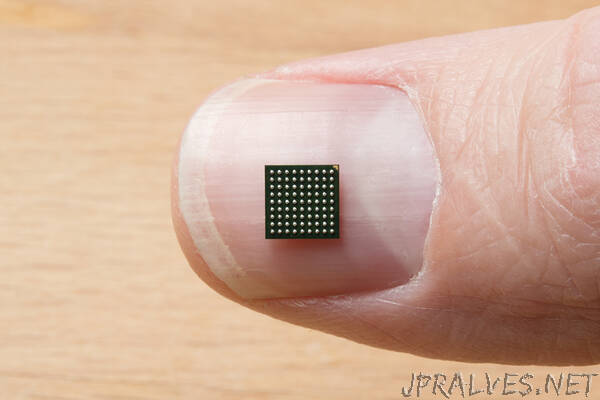
“Learn how we created our own SMD module using PCB tips and tricks for blind and buried vias.
For years SparkFun was wary of getting a product fully FCC certified. The process always seemed unknown and prohibitively expensive. We’ve written about the FCC requirements for products and hobby projects the past, but with the development of the SparkFun Edge and the creation of Artemis it was clear that it was time to venture into uncharted territory.
We hope you can learn a little something from us. This will be a three-part series covering the creation of the Artemis SMD module, getting an RF shield made (twice), and going through the FCC certification process. Stay tuned for the rest of the series.
Creating Artemis
Back in October 2018, we were introduced to the folks at TensorFlow to do a low-power board with the new Apollo3 from Ambiq. After a quick scan of the datasheet it was obvious this IC was as challenging as it was exciting! One MB of flash, nearly 400k of RAM and exceptionally low power made us start dreaming of the possibilities beyond the old Uno. At the same time, an 81-ball BGA with 0.5mm pitch meant we’d have to up our PCB game.”
